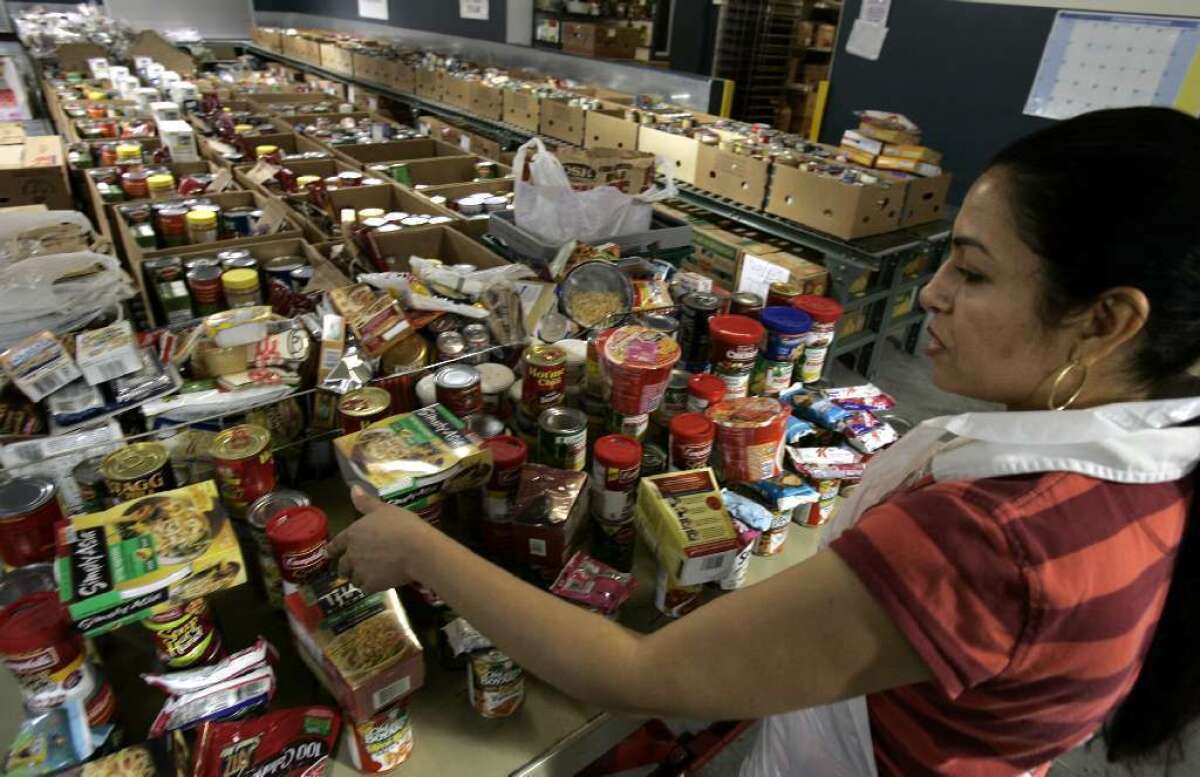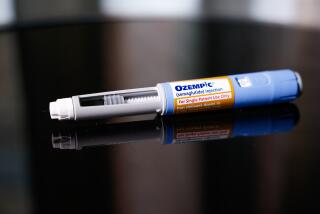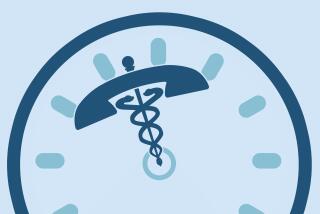When doctors aren’t enough to help patients keep diabetes in check

Patients with diabetes need access to doctors and medicines to help them keep their disease under control. But they also need food in their pantries and enough money in their pockets to pay for necessities like rent and heat, a new study shows.
Among a group of 411 patients being treated for Type 2 diabetes in the Boston area, those who suffered from food insecurity and those who tried to save money by skimping on their meds were only half as likely as their more financially secure counterparts to be managing their disease. This disparity turned up despite the fact that in Massachusetts, nearly everyone has medical insurance and prescription coverage thanks to the state’s universal healthcare law.
The results, published Monday in JAMA Internal Medicine, underscore the fact that some aspects of health are controlled by factors outside the medical system. And yet, doctors are increasingly being held accountable when their patients miss their targets for things like blood sugar and cholesterol, the study authors noted.
It stands to reason that better access to medical care ought to improve people’s health. But clinical trials have found that things aren’t always so simple, especially for low-income patients with diabetes.
So researchers decided to look for answers at four clinics that treat diabetes patients. Two of the clinics were based at Boston’s famed Massachusetts General Hospital – one focused on diabetes care and another served general internal medicine patients – and two were community health centers in the Boston suburbs of Revere and Charleston. Study participants took a survey about their economic needs.
Among the 411 patients, only 4.1% lacked health insurance and 2.8% had no prescription coverage. But about 40% of them had trouble paying for food, medicine, rent or energy, and more than 20% reported more than one of such “material need insecurity,” as the researchers put it.
Compared with patients who didn’t have to worry about where their next meal would come from, patients with food insecurity were 97% more likely to have high blood sugar and high levels of LDL, or “bad,” cholesterol – two signs that their diabetes was not under control.
Similarly, compared with patients who could afford to buy all of their prescribed medications, patients who couldn’t were 91% more likely to have high blood sugar, high cholesterol and high blood pressure, the researchers found.
Housing instability and energy insecurity were not independently associated with worse health for the diabetes patients. But in general, for each additional type of financial hardship suffered by a patient, the odds that he or she would have poor diabetes control rose by 39%, according to the study.
The results suggest that doctors should think more expansively about ways they can help their diabetes patients. At a minimum, they raise questions about the wisdom of providing services like medical nutritional therapy to people who can’t afford to buy enough food in the first place, the researchers wrote.
“Addressing access to food and to medication together may be important to improve clinical diabetes control,” they concluded.
For more medical news, follow me on Twitter @LATkarenkaplan and “like” Los Angeles Times Science & Health on Facebook.







